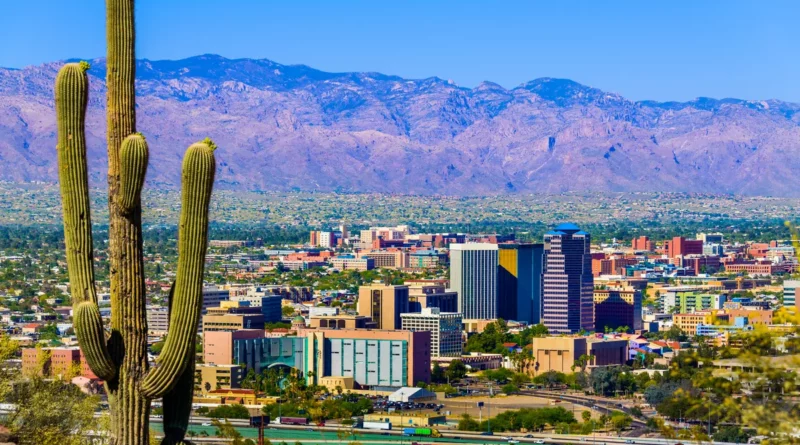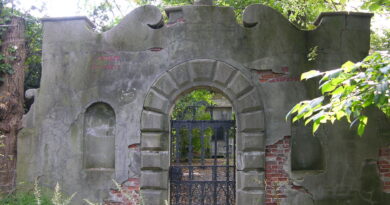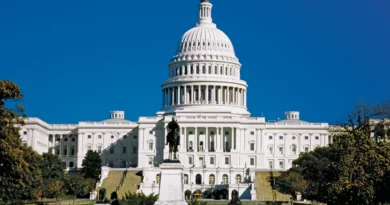History of Tucson Arizona
The history of Tucson, Arizona, stretches back thousands of years, beginning with the indigenous peoples who first inhabited the region. The earliest known inhabitants were the Hohokam people, who lived in the area around 2100 B.C. The Hohokam developed an advanced agricultural society, constructing an extensive network of irrigation canals to cultivate crops in the arid desert environment. Their legacy is evident in the remnants of their canals and settlements, such as those at the Pima County Archaeology and Archaeology site.
Following the Hohokam, various other Native American tribes, including the Tohono O’odham and the Apache, made the region their home. The Tohono O’odham, known for their deep connection to the land, continue to inhabit the area and contribute to its cultural richness.
Spanish Colonial Era
In 1692, the Spanish explorer and Jesuit missionary Father Eusebio Francisco Kino arrived in the region, marking the beginning of European influence in Tucson. Father Kino established a series of missions throughout the area, including Mission San Xavier del Bac, often referred to as the “White Dove of the Desert.” This mission, completed in 1797, remains one of the most significant and well-preserved Spanish colonial buildings in the United States.
In 1775, Spanish Captain Hugo O’Conor authorized the construction of a military fort, Presidio San Agustín del Tucson, to protect the mission and the settlers from Apache attacks. This fort marked the official founding of Tucson, and its establishment transformed the area into a focal point of Spanish colonial administration and defense. The name “Tucson” is derived from the O’odham word “Cuk Ṣon,” meaning “at the base of the black hill,” referring to the nearby Sentinel Peak.
Mexican Period
Following Mexico’s independence from Spain in 1821, Tucson became part of the Mexican state of Sonora. During this period, Tucson remained a small, yet significant, frontier outpost. The Mexican government continued to face challenges from Apache raids, and the area saw limited economic growth.
However, the signing of the Treaty of Guadalupe Hidalgo in 1848, which ended the Mexican-American War, brought dramatic changes to the region. The Gadsden Purchase of 1854, through which the United States acquired southern Arizona and southwestern New Mexico, officially incorporated Tucson into U.S. territory. This transition heralded a new era of development and expansion.
American Territorial Period
Tucson’s incorporation into the United States sparked a period of rapid growth and transformation. In 1856, the establishment of the Butterfield Overland Mail route connected Tucson to the rest of the country, facilitating communication and commerce. The arrival of the Southern Pacific Railroad in 1880 further accelerated Tucson’s growth, making it a vital transportation hub in the Southwest.
During the American territorial period, Tucson’s population grew steadily, attracting settlers, miners, and entrepreneurs. The city’s economy diversified, with ranching, mining, and agriculture playing crucial roles. In 1867, Tucson became the capital of the Arizona Territory, a status it held until 1877 when the capital was moved to Prescott.
The establishment of educational institutions, such as the University of Arizona in 1885, contributed to Tucson’s development as an intellectual and cultural center. The university played a significant role in the city’s growth, fostering innovation and research in various fields.
20th Century and Modern Era
The 20th century brought significant changes to Tucson, transforming it into a modern city while preserving its rich cultural heritage. The development of the aerospace and defense industries during World War II and the Cold War era spurred economic growth and population expansion. Davis-Monthan Air Force Base, established in 1925, became a critical military installation and remains a major employer in the region.
Tucson’s unique climate and natural beauty also attracted health seekers, retirees, and tourists. The city’s reputation as a health resort grew, leading to the establishment of numerous resorts, spas, and medical facilities. The tourism industry flourished, with visitors drawn to Tucson’s scenic landscapes, cultural attractions, and outdoor recreational opportunities.
Efforts to preserve Tucson’s historic sites and cultural heritage have been integral to the city’s identity. The preservation of landmarks such as the Mission San Xavier del Bac, the Tucson Presidio, and the Barrio Viejo neighborhood reflects the community’s commitment to honoring its past.
In recent decades, Tucson has continued to grow and diversify. The city’s economy has expanded to include technology, education, and renewable energy sectors. Tucson’s vibrant arts and cultural scene, exemplified by events like the Tucson Gem and Mineral Show and the All Souls Procession, showcases the city’s creative spirit and multicultural heritage.
Conclusion
Tucson’s history is a rich tapestry of indigenous heritage, Spanish colonial influence, Mexican traditions, and American innovation. From its ancient roots to its modern achievements, Tucson has evolved into a dynamic and diverse city. Its unique blend of cultures, stunning natural landscapes, and commitment to preserving its history make Tucson a fascinating and vibrant place to explore and understand.
Discover more from City Towner
Subscribe to get the latest posts sent to your email.




